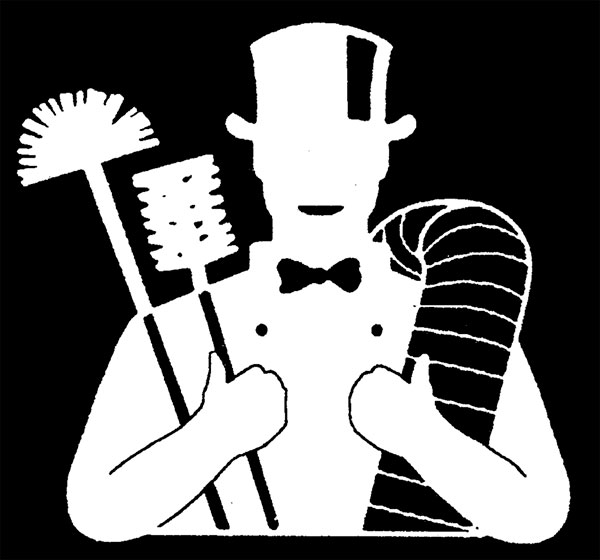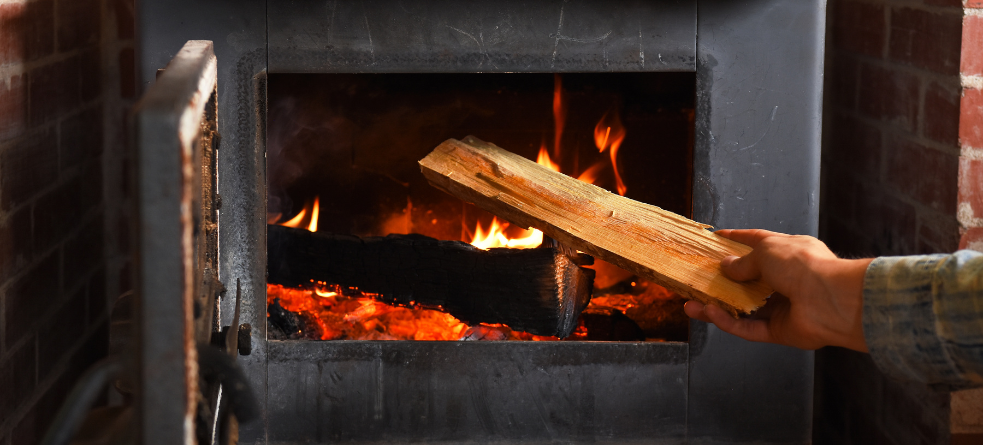When it comes to wood stove installation, safety is the number one priority. The 3:2-10 rule is a crucial guideline for ensuring proper venting and clearance in chimney installations. This rule is especially important for maintaining efficient airflow and minimizing fire hazards. Whether you’re a homeowner considering a new wood stove or simply curious about the standards that govern chimney installations, understanding the 3:2-10 rule is key. At Frechette Chimney Sweeping, we emphasize following these rules to ensure your wood stove operates safely and efficiently.
The Basics of the 3:2-10 Rule
The 3:2-10 rule is a guideline for chimney height relative to the roofline and nearby structures. This rule ensures that the chimney is high enough to draft properly and keep harmful gases out of your living space. Here’s what it entails:
- 3 Feet Above the Roof: The chimney must extend at least 3 feet above the highest point of the roof where it penetrates.
- 2 Feet Above Within 10 Feet: The chimney must also be at least 2 feet higher than any part of the roof or structure within a 10-foot radius.
Why Does This Rule Matter?
The 3:2-10 rule helps prevent problems like backdrafting, where smoke and harmful gases flow back into your home instead of venting outside. By maintaining sufficient height and clearance, the rule ensures that the chimney can:
- Facilitate proper draft for effective combustion.
- Reduce the risk of creosote buildup, a leading cause of chimney fires.
- Prevent smoke from re-entering your home due to wind turbulence.
How the Rule Applies to Wood Stoves
Wood stoves are a popular choice for heating homes thanks to their efficiency and rustic charm. However, proper installation is essential for safe operation. The 3:2-10 rule plays a vital role in wood stove installations, as it governs the placement and height of the chimney pipe used to vent smoke and gases.
Venting Requirements
The venting system for a wood stove must meet specific requirements to ensure safety and functionality:
- Vertical Rise: The venting pipe should rise vertically as much as possible to create an efficient draft.
- Clearances: Follow the 3:2-10 rule to ensure the chimney terminates in a safe location.
- Materials: Use approved materials for chimney construction, such as stainless steel or masonry, to withstand high temperatures and resist corrosion.
At Frechette Chimney Sweeping, we specialize in ensuring that all aspects of your wood stove installation meet or exceed safety standards. Our expert team assesses your home’s layout and provides guidance on achieving proper venting.
Common Issues if the 3:2-10 Rule is Ignored
Failure to adhere to the 3:2-10 rule can lead to several problems, ranging from poor stove performance to serious safety hazards. Some of the most common issues include:
Poor Draft
If the chimney is too short or improperly placed, it can fail to generate the necessary draft. This can cause smoke to linger in your home and reduce the efficiency of your wood stove.
Creosote Buildup
Inadequate chimney height or improper airflow can lead to rapid creosote buildup. Creosote is a highly flammable substance that forms when wood burns incompletely. Over time, excessive buildup increases the risk of a chimney fire.
Backdrafting
When a chimney is too low or improperly situated, wind patterns around the roof can create turbulence. This turbulence can force smoke and carbon monoxide back into your home, posing health and safety risks.
Installing a Wood Stove? Follow the 3:2-10 Rule
Installing a wood stove involves more than simply placing the appliance in your home. Proper chimney installation is a critical step in the process. Here are the key steps to ensure compliance with the 3:2-10 rule:
Step 1: Assess the Location
Determine where the wood stove will be placed in your home. Consider factors like proximity to combustible materials and access to an exterior wall or ceiling for venting.
Step 2: Plan the Chimney Path
Plan the route for the chimney, ensuring it follows a straight path upward. Avoid sharp bends, as these can impede airflow and increase the risk of creosote buildup.
Step 3: Measure for Proper Height
Use the 3:2-10 rule to calculate the required chimney height. Remember to measure from the highest point of the roof where the chimney exits.
Step 4: Choose the Right Materials
Select high-quality materials for your chimney and venting system. At Frechette Chimney Sweeping, we recommend materials that are durable, heat-resistant, and compliant with local building codes.
Step 5: Professional Installation
For best results, hire professionals to handle your wood stove installation. Certified installers understand the intricacies of the 3:2-10 rule and ensure your system meets all safety standards.
The Role of Regular Maintenance
Following the 3:2-10 rule during installation is just the beginning. Regular maintenance is essential to keep your wood stove and chimney in optimal condition. Here’s what to prioritize:
Annual Inspections
Schedule annual chimney inspections with Frechette Chimney Sweeping. Our technicians check for creosote buildup, structural integrity, and any blockages that could compromise performance.
Chimney Cleaning
Regular cleaning removes creosote and debris from the chimney, reducing the risk of fires. Depending on how often you use your wood stove, this may be needed more than once a year.
Check for Damage
Inspect the chimney and venting system for signs of wear, such as cracks, rust, or loose connections. Addressing these issues promptly can prevent larger problems down the line.
Trust Frechette Chimney Sweeping for Your Wood Stove Needs
At Frechette Chimney Sweeping, we’re committed to providing safe, reliable, and professional chimney services. From wood stove installation to routine maintenance, our team ensures your home stays warm and secure. By following the 3:2-10 rule and other safety guidelines, we help you enjoy the benefits of a wood stove without the worry.
Why Choose Us?
- Expertise: With years of experience, our team understands the complexities of wood stove installations and chimney care.
- Customer Focus: We prioritize your safety and satisfaction, offering personalized service tailored to your needs.
- Comprehensive Services: From installations to repairs, we handle all aspects of chimney and wood stove maintenance.
Conclusion
The 3:2-10 rule is a cornerstone of safe chimney installation, particularly for wood stoves. By ensuring proper chimney height and clearance, this rule promotes effective draft, reduces fire risks, and enhances your wood stove’s performance. At Frechette Chimney Sweeping, we’re here to help you navigate the complexities of wood stove installation and maintenance. Contact us today to learn more about our services and how we can assist with your chimney needs.


Recent Comments